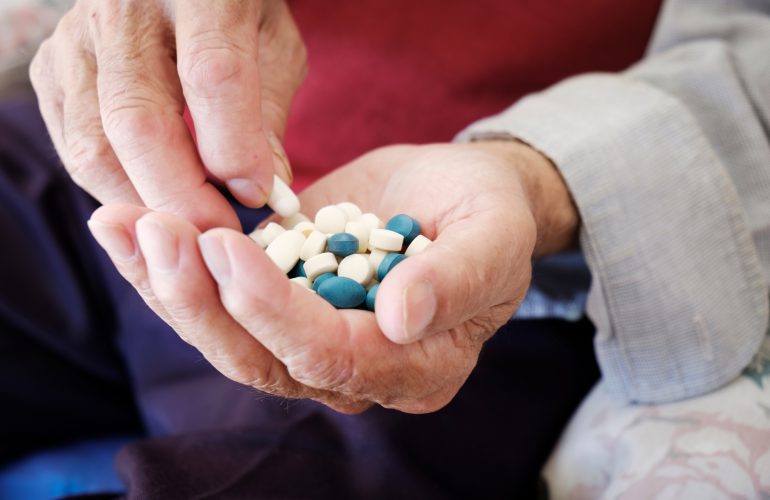The elderly population in the United States is larger than it has ever been and will continue to expand for the next few decades. Within this population, those 85 years of age and older make up the fastest growing segment. Older adults make up only 12% of the entire population but account for 18% of all deaths by suicide. As this population continues to grow, there is great concern that the number of suicides will naturally increase. The elderly are more effective at taking their lives by using such lethal means as firearms, hanging and drowning.
Could the Suicide Rate Be Higher?
Although the rates of suicide among older adults seems high, many may go unreported, up to 40% according to some experts. “Silent suicides” may not be counted and involve deaths related to overdoses, accidents, self-starvation and dehydration. Another form, the “double suicide” may not be added to the suicide statistics. This form of suicide involves spouses or partners ending their lives together and occurs most often among older adults.
Looking for Easy, Online CEUs?
Find Behavioral and Mental Health CEUs and many other subjects to fulfill your CE requirements.
Can’t We Prevent Geriatric Suicide?
Prevention, although the best medicine in most cases, is very difficult with the elderly population because they do not actively seek treatment. Mental health professionals can be very effective in treating late life disorders like depression and anxiety, but if the older individual doesn’t make the call, there is no way to tell they need help. It is, therefore, important for family members and friends to know the warning signs of possible suicidal actions.
Risk Factors
While there are many risk factors associated with geriatric suicide, a few stand out as greater than others. Characteristics of high risk involve advanced age, being a white male and being divorced. According to experts, the single greatest risk factor is having a major psychiatric disorder like major depression or psychosis at the time of death. The use of substances or alcohol combined with a major mental illness is a bad combination concerning the risk of suicide.
Most older adults who commit suicide do not live isolated lives. In fact, they commonly live with relatives and maintain connections with friends. In other words, it is not isolation that drives one to commit suicide as much as major depression does. Old age, psychiatric illness, and substance use can all become exacerbated by medical disorders, physical disability, pain, family conflict, financial issues, and grief. Taken all together, it becomes clear why elderly individuals have high suicide rates in the United States.
Warning Signs
Just as there are many risk factors involved in geriatric suicide, there too, are many warning signs and symptoms. Some are more obvious than others, but they can still be observed if family and friends pay attention to changes in thoughts or behaviors.
Some of the most common warning signs are
- Expressing a desire to die or kill one’s self
- Appearing to be hopeless about life or indicating that life is worthless
- Loss of interests, hobbies, or activities once greatly enjoyed
- Discontinuing medical regimens like medications and diet
- Preoccupation with death or a lack of concern with personal safety
- Stock-piling prescription medications or other substances
- Owning a firearm and having it out in the open
- Giving personal belongings away, putting their affairs in order or making changes in their will
- Recently experiencing a significant loss, like the death of a spouse or significant other
- Decreased social interaction, personal care and grooming
Final Words on Geriatric Suicide
As we age we may experience many losses, much more than at any other time throughout the life course. In addition to loss, psychiatric problems, substance abuse, and declining health might create the perfect storm of hopelessness and potentially suicide. Seniors generally do not seek help. It is important for people around them to watch for signs, symptoms and risk factors associated with geriatric suicide.
To learn more about topics like this, please go to https://www.ceu.academy for information.

